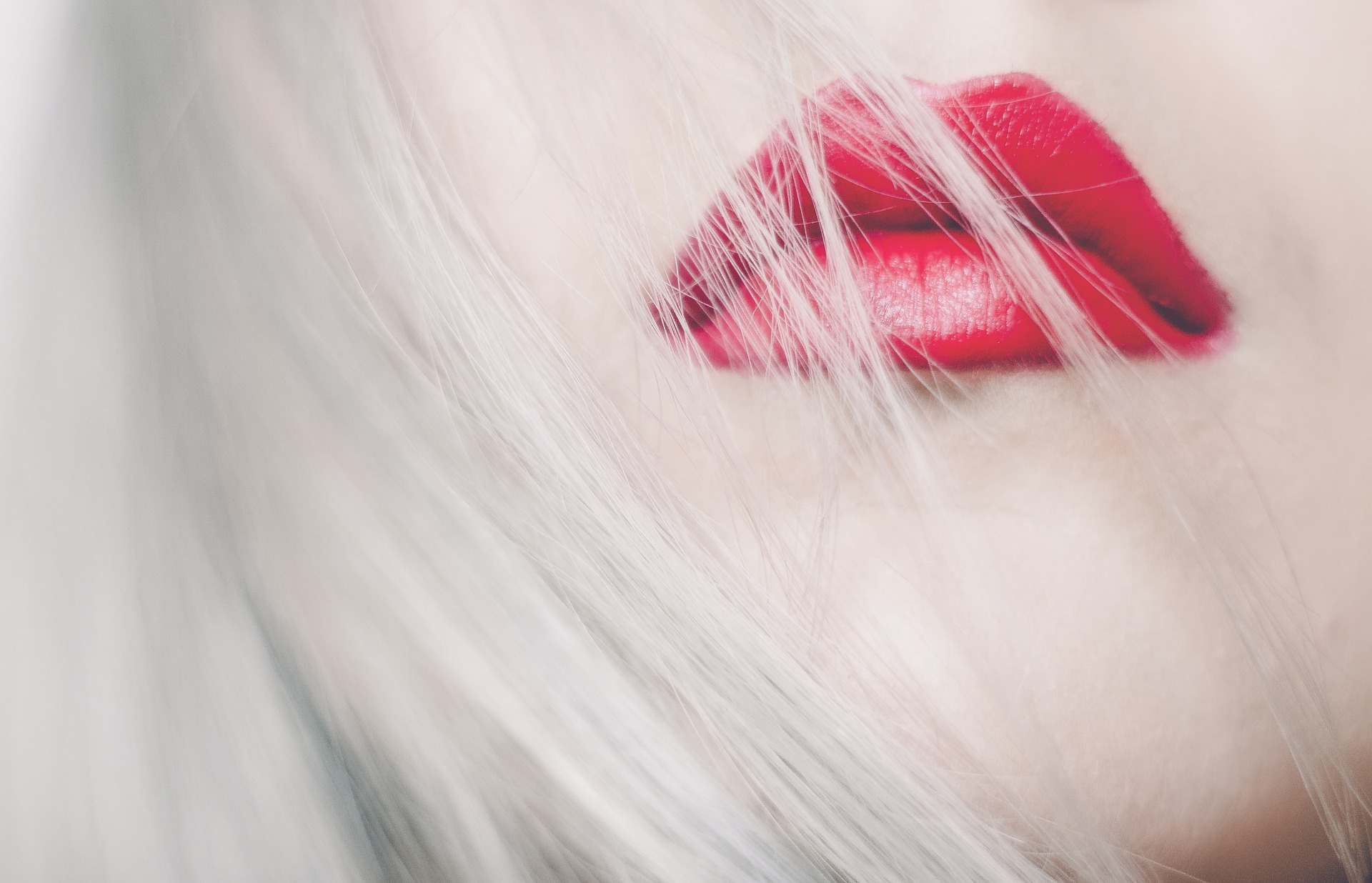The Enduring Allure of Red Lipstick
Red lipstick has been a symbol of beauty, power, and rebellion for centuries. This iconic cosmetic staple has adorned the lips of queens, actresses, and everyday women alike, transcending time and cultural boundaries. From ancient Egypt to the modern runway, the bold crimson hue has maintained its status as a beauty essential, evolving in formulation and significance but never losing its impact. Red lipstick's journey through history reflects changing societal norms, beauty standards, and the role of cosmetics in self-expression. Its enduring popularity speaks to a universal fascination with this simple yet transformative beauty tool.
In medieval Europe, lip rouge fell out of favor due to religious associations with sin and vanity. However, Queen Elizabeth I of England revived the trend in the 16th century, making pale skin and red lips a symbol of aristocratic beauty. This look required toxic ingredients like mercuric sulfide, setting a dangerous precedent for beauty at all costs.
The Industrial Revolution and Mass Production
The 19th century saw significant advancements in lipstick production. In 1884, Guerlain created the first commercially successful lipstick, housed in a silk-wrapped paper tube. This innovation paved the way for mass production and wider accessibility. By the early 20th century, companies like Max Factor and Elizabeth Arden were producing lipsticks on a large scale, making them more affordable and available to the general public.
Suffragettes and the Symbol of Rebellion
During the women’s suffrage movement of the early 20th century, red lipstick took on a new meaning. Suffragettes in both the United States and the United Kingdom adopted bright red lipstick as a symbol of defiance and empowerment. Elizabeth Arden herself handed out red lipsticks to marching suffragettes in New York City, solidifying the color’s association with female strength and independence.
Hollywood’s Golden Age and Iconic Looks
The rise of Hollywood in the 1930s and 1940s cemented red lipstick’s status as a glamour essential. Stars like Rita Hayworth, Marilyn Monroe, and Elizabeth Taylor popularized various shades of red, each becoming synonymous with their personal brand of allure. The advent of Technicolor film further highlighted the visual impact of red lips on screen, influencing beauty trends worldwide.
Post-War Consumerism and Beauty Standards
In the 1950s, red lipstick became a staple of the idealized feminine look. Brands like Revlon capitalized on this trend with marketing campaigns that linked specific shades to romance and sophistication. The famous “Fire and Ice” campaign, featuring model Dorian Leigh, epitomized the era’s approach to beauty advertising, presenting red lipstick as both seductive and respectable.
Counterculture and Rejection in the 1960s and 1970s
The cultural shifts of the 1960s and 1970s saw a temporary decline in red lipstick’s popularity. The counterculture movement rejected traditional beauty standards, favoring a more natural look. Pale lips and dramatic eye makeup became the trend, reflecting a changing attitude towards femininity and self-expression. However, this period of rejection only served to reinforce red lipstick’s status as a classic beauty item, ready for revival.
The 1980s Power Suit and Matching Lips
The 1980s brought a resurgence of bold makeup, with red lipstick once again taking center stage. This time, it was paired with the rise of power dressing in the corporate world. Women entering male-dominated professions often wore red lipstick as a sign of confidence and assertiveness, complementing their shoulder-padded suits and big hair.
Modern Interpretations and Inclusive Beauty
In recent decades, red lipstick has undergone a renaissance, celebrated for its versatility and inclusive appeal. Makeup artists and beauty brands have expanded the range of red shades to suit diverse skin tones and personal styles. The rise of social media and beauty influencers has further democratized red lipstick, showcasing its adaptability across different looks and occasions.
Sustainable and Ethical Formulations
The 21st century has seen a growing demand for sustainable and ethical beauty products. Many brands now offer red lipsticks made with natural, vegan, and cruelty-free ingredients. This shift reflects a broader trend towards conscious consumerism in the beauty industry, allowing red lipstick to maintain its relevance while adapting to modern values.
Cultural Significance Beyond Beauty
Red lipstick continues to hold cultural significance beyond its cosmetic application. It remains a symbol of strength in many contexts, from breast cancer awareness campaigns to political statements. The simple act of applying red lipstick is often viewed as an empowering ritual, a moment of self-care and confidence-boosting in daily life.
In conclusion, the story of red lipstick is one of endurance and adaptability. From ancient rituals to modern-day empowerment, it has remained a constant in the ever-changing world of beauty. Its ability to transform, rebel, and inspire ensures that red lipstick will continue to be a beloved beauty icon for generations to come.





